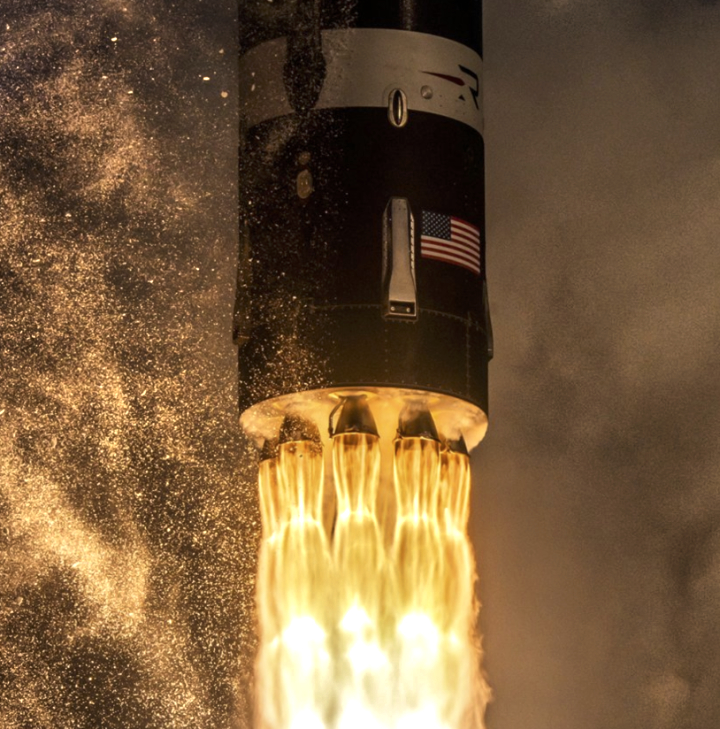
Rocket Lab USA, Inc. (Nasdaq: RKLB) has returned a previously flown Electron rocket first stage tank into the Electron production line for the first time in preparation for reflying the stage — this step is a significant milestone in Rocket Lab’s development program to make Electron the world’s first, reusable, small orbital launch vehicle.

Rocket Lab has successfully recovered multiple Electron first stages from previous missions by returning them to Earth under a parachute after launch, splashing them down in the ocean, then collecting them onto a specially modified boat for transfer back to Rocket Lab’s production complex. All previously recovered boosters have undergone extensive analysis to inform an iterative development process to make Electron reusable, but this is the first time a tank has been moved back onto the standard production line in preparation for reflight.
The stage was successfully launched and recovered as part of the ‘Four of a Kind’ mission on January 31, 2024, and has already passed more acceptance tests than any other recovered Electron stage, including…
- Tank pressurization test – a process that filled the carbon composite tank with inert gas and held it in excess of maximum operating pressure for more than 20x longer than the standard Electron flight duration;
- Helium leak check – a stringent process that determines there are no leaks in the tank; and
- Carbon fiber structural testing – including ultrasonic assessment and other non-destructive tests to confirm no delamination of the carbon composite tank fibers.
The stage will now undergo final fit out and rigorous qualification and acceptance testing to the same standard as a brand-new Electron tank to determine the recovered stage’s suitability for reflight. Rocket Lab has carried out iterative modifications across multiple recovery missions to hone the recovery process ahead of first reflight, including…
- Ensuring Electron’s carbon composite structure survives the intense heat and forces of atmospheric reentry through innovative coatings, heat shields, and advanced reaction control systems to control the angle of reentry
- Refining the parachute system to ensure reliable deployment and smooth deceleration from more than 2,300 meters per second to 10 meters per second
- Honing the telemetry and tracking systems so the marine recovery team can locate the stage as soon as it splashes down
- Streamlining the process of collecting the stage from the water in less than an hour, then ensuring safe transit back to the Rocket Lab production complex; ad
- Successful launch of a previously flown Rutherford engine

The payload scheduled to launch on the recovered stage will be announced following the completion of final acceptance and qualification testing.
“Through an iterative development process, we have methodically perfected each step of Electron recovery while simultaneously continuing to increase our Electron production capacity and launch cadence. This is the exciting final piece of the puzzle before Electron goes reusable,” said Rocket Lab founder and CEO Peter Beck. “Our key priority in pushing this stage back into the standard production flow for the first time is to ensure our systems and qualification processes are fit for accepting pre-flown boosters at scale. If this stage successfully passes and is accepted for flight, we’ll consider opportunities for reflying it in the New Year.”
